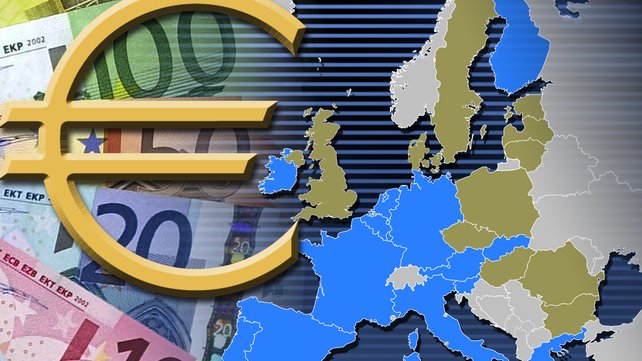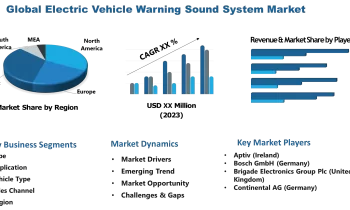Euro Zone is a key market globally. Therefore, any data from the region is watched closely. The year gone-by has demonstrated a growth in factory activity in the Euro Zone with all the countries reporting expansions. That came to light from a survey indicating that the manufacturing growth has also averaged above the previous three years in the year 2015.
Growth Remain Tepid
However, the growth remained tepid due to the combination of reasons. That included the firms reducing prices for the fourth month apart from a weak Euro hurting the Euro Zone’s manufacturing sector as their products became cheaper abroad. In December, Purchasing Managers’ Index of Markit’s final manufacturing data suggested an increase to 53.2, which was a twenty-month high. It was just a shade above the Flash reading of 53.1 and came in above the preceding month’s 52.8. The significant factor was that the region held the reading above the half-way mark as it differentiated between growth and contraction for more than two years.
Another data of index measuring output offered a good guiding factor to growth following the 54.5 reading that just piped the flash reading of 54.4, which was more than the reading of November’s 54.0. The composite PMI data is due on Wednesday.
Data Provides More Positive
Markit’s Senior Economist, Rob Dobson, said that there was much in the data to remain positive. He said there was an underlying picture indicating a restrained expansion. That was probably because of the cautious approach adopted by the zone. However, the region’s manufacturing sector is still some 10% behind the pre-crisis peak. Therefore, the sector still needs to go a long way before thinking of climbing the ladder to recovery.
A report also suggested that an index of new orders grew to 54.2 from 53.5. It was the biggest reading after March 2014 driven by the discounts in price. The region is yet to reach the 2% target of inflation set by the European Central Bank despite offering easy monetary policy. The sub-50 output price index might put pressure on the Governing Council to think about easing further.




